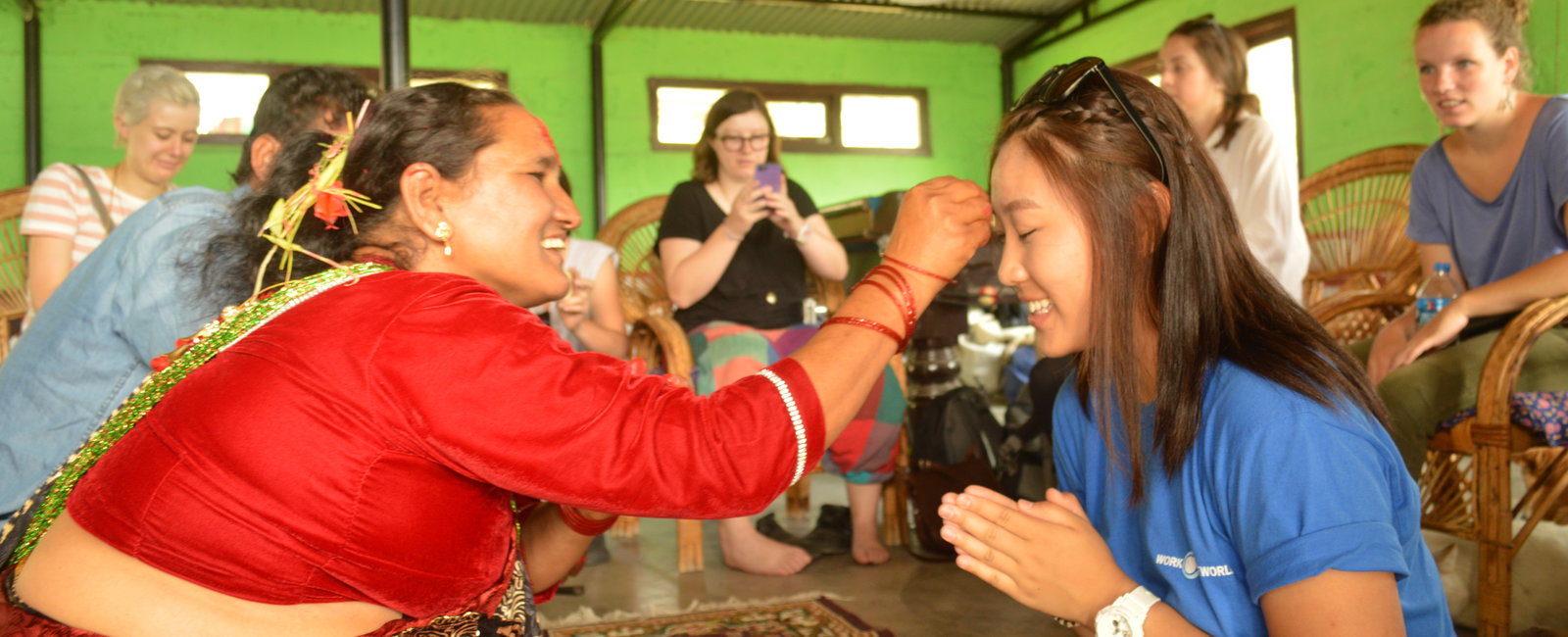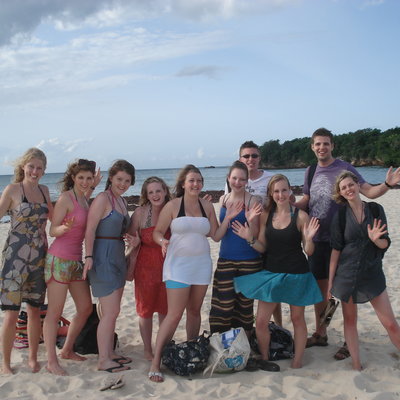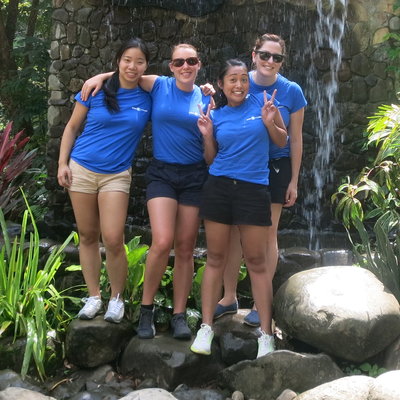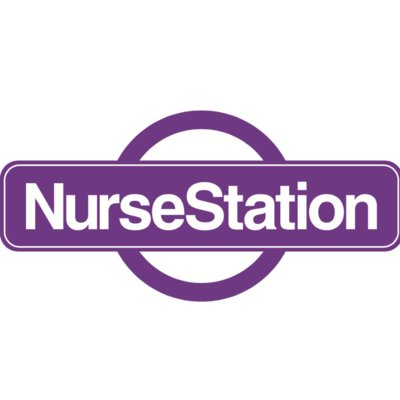The patients and families were so happy when I could just ask them how they were.
Kathmandu is home to our Nepalese programme and we recommend taking advantage of the language lessons available in the house which take place twice a week. The culture is tolerant of tourists, despite only receiving them for 4 decades or so, and it is imbued with the spirituality of Hindu and Buddhist traditions. This means it’s important to dress and behave respectfully, particularly at temples and holy sites. The tribes in the region have their own diverse cultures and dialects which you may get a taste of if you take part in the wonderful Village Experience.
Etiquette
- Don’t point with your finger but rather use your whole hand or your chin.
- ‘Yes’ is communicated by tilting your head from side to side. Shaking your head to say ‘no’ may be interpreted as ‘yes.’ A better gesture is to shake your palm as if you’re adjusting a bracelet.
- Lips are considered polluting, so be careful of sharing water bottles, touching food before you’ve bought it, and sharing it. If you are sharing a drink try to avoid touching the bottle with your lips, or use a glass.
- The left hand is still associated with wiping after using the toilet. Avoid passing food with it or wiping your mouth with it. Use your right hand to give gifts, or both hands to convey respect.
- Watch out for groups of shoes at the entrance of a building, and be prepared to take yours off before entering.
- Dress modestly, particularly for temples and holy places.
Greetings
- Hello will be widely understood, but ‘namaskar’ is also a formal greeting.
- ‘Namaste’ - literally, ‘I see the God within you’ is a custom often expressed with the palms together like prayer.
- What’s up - ‘Kay cha’?
“I can’t stress enough: go to the language lessons and use the language in the hospital. The patients and families were so happy when I could just ask them how they were.” Aimee Monahan, Nepal
Find out more about our overseas healthcare placements in Kathmandu.







